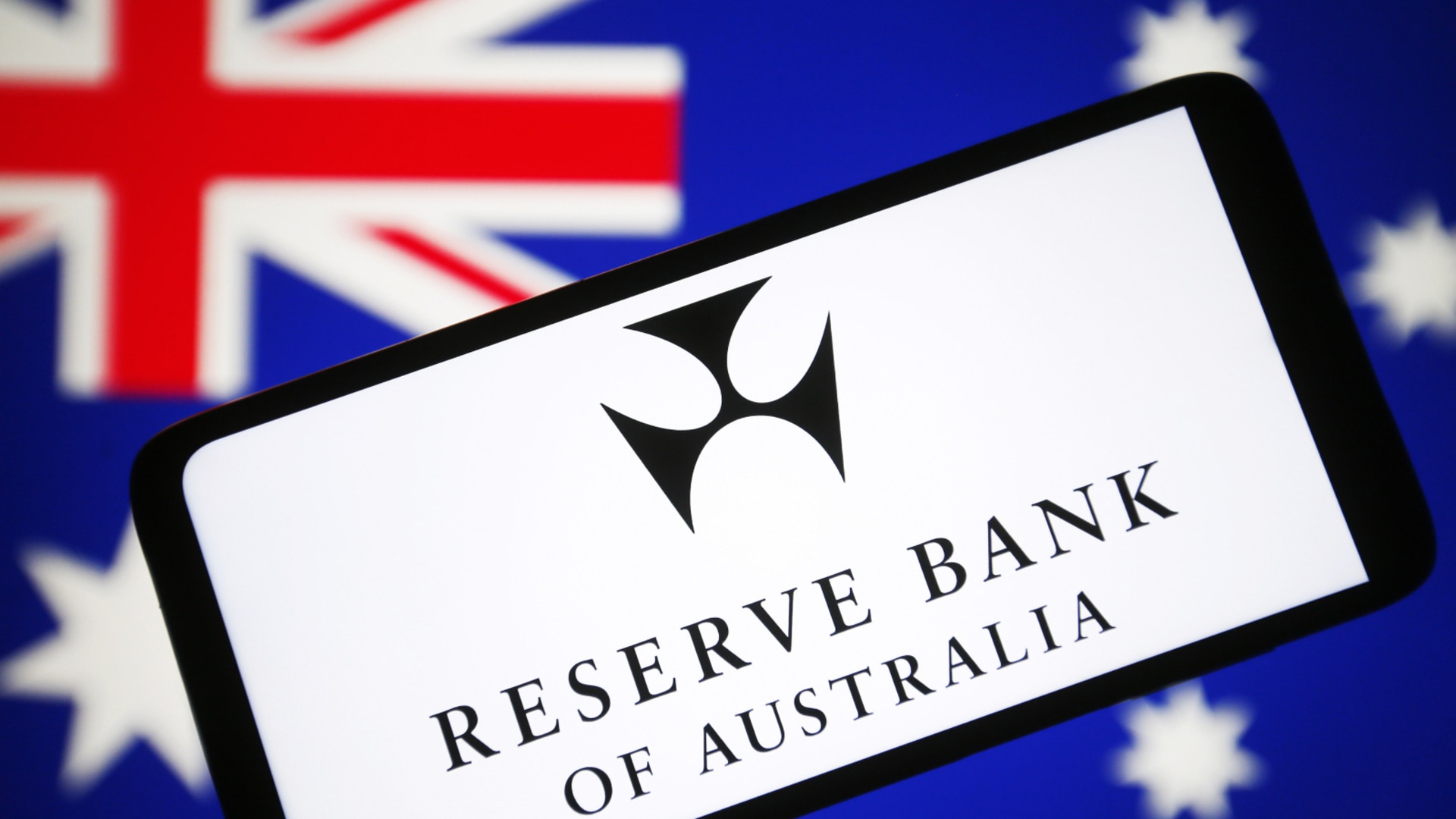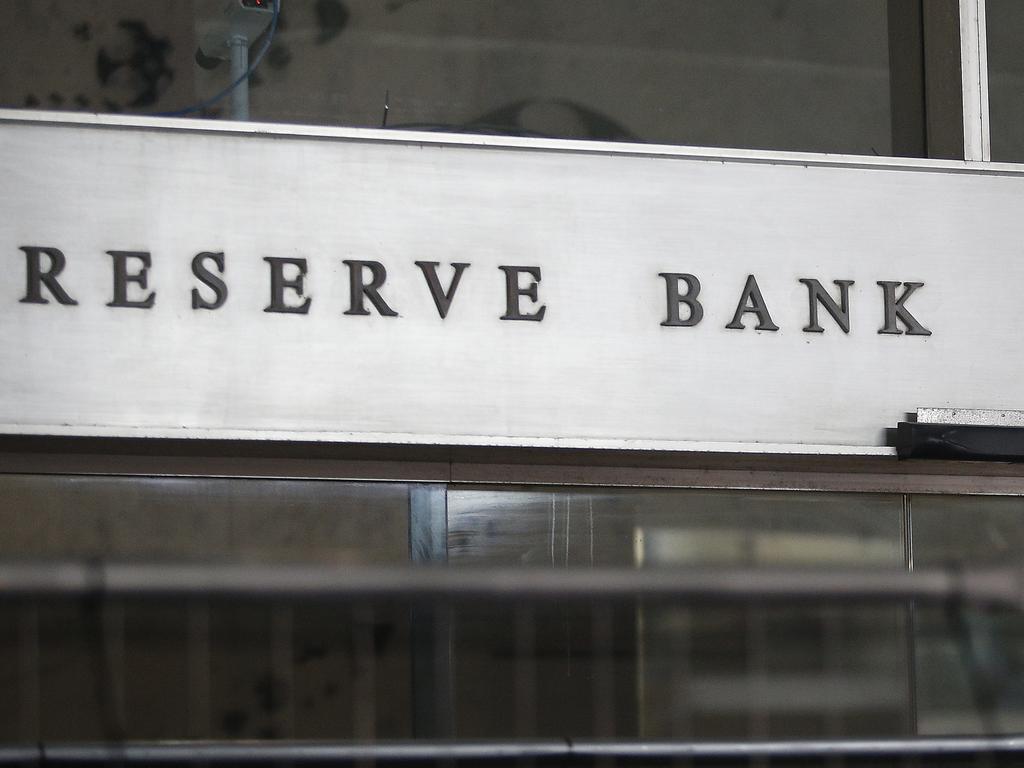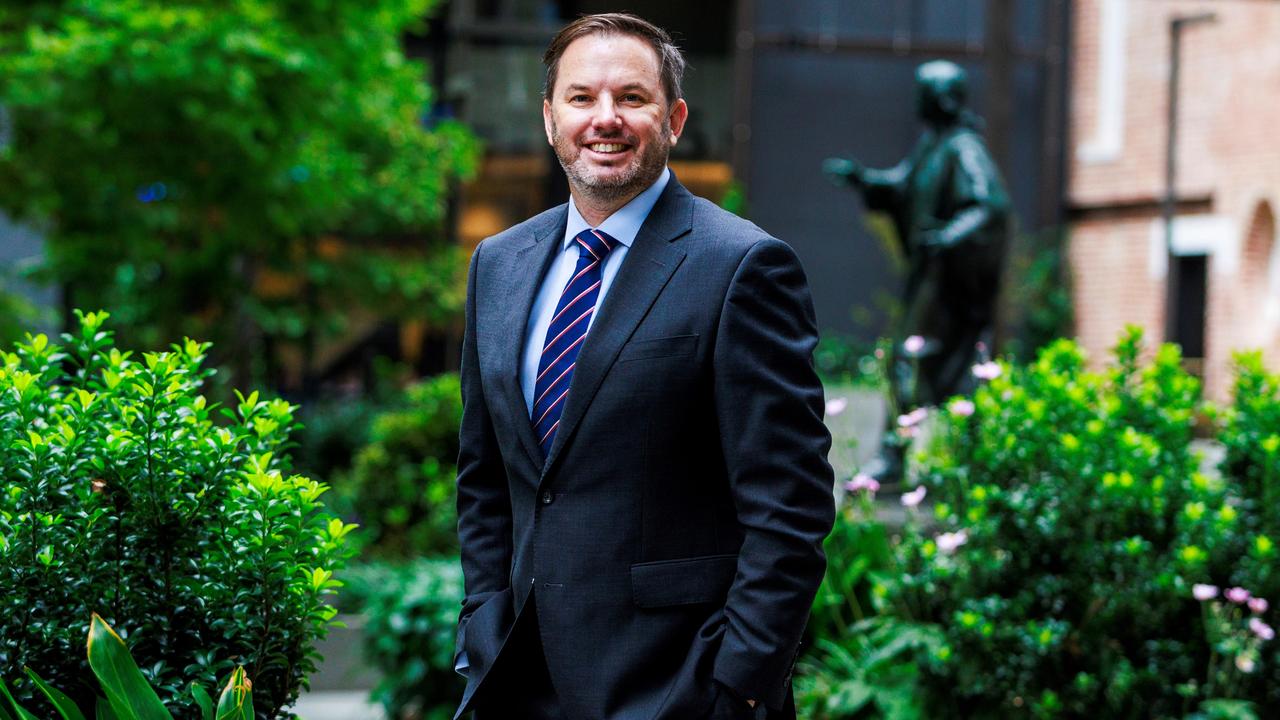Long wait for living standards to recover, RBA forecasts warn
Households should expect a slow grind before their disposable incomes return to levels reached in the aftermath of the pandemic, fresh Reserve Bank forecasts warn.

Households should expect a slow grind before their disposable incomes return to levels reached in the aftermath of the pandemic, fresh Reserve Bank forecasts warn, as the bank also projects booming growth in state and federal spending in the years ahead.
The projections, released by the central bank alongside its decision to deliver a quarter percentage point cut on Tuesday, showed a downgrade to growth in real household disposable income – a proxy for living standards – which it expected to rise by just 3.1 per cent in the 12 months to June.
Previously it had expected an increase of 3.9 per cent.
While slightly higher by the end of this year, real household disposable income was similarly downgraded through 2026 and forecast to rise by 2.3 per cent.
Calculating that real household disposable income per capita was around 1 per cent lower than prior to the pandemic, the RBA said recent years had been “among the weakest periods” for growth in real incomes since the 1960s, as family budgets were slugged with rate hikes and a surge in the income tax take.
The Coalition seized on the fresh projections on Tuesday, with analysis saying the recovery point for living standards will now be pushed out from 2029 to 2031.
Opposition Treasury spokesman Angus Taylor said the RBA statement showed families now needed “an acceleration” back to pre-Covid living standards.

“Labor’s own forecasts don’t get us back to the living standards that they inherited back when they won the election in 2022, they don’t get us back to those living standards until 2030 with further downgrade,” Mr Taylor said.
“It’s a long way back to where Australians were when Labor came to power, and we know that the critical issue now for the government is to accelerate that pathway back, accelerate the pathway to restoration of Australians’ standard of living that they had when the interest rate increases began.”
Anthony Albanese hit back at accusations he was not doing enough to repair the damage to household incomes and accused Mr Taylor of “talking Australia down”.
“We have worked very hard to get inflation down, but we’ve done so as well while providing that cost-of-living relief, whether it be the tax cuts for every taxpayer or cheaper medicines, the energy bill relief that they’ve opposed. They’ve opposed every measure that we’ve put forward,” the Prime Minister told the ABC.
“The truth is that Australians will welcome this fall in interest rates today. They are still under pressure. It’s certainly not job done, but they’ll welcome it. The only person who wouldn’t welcome it is Angus Taylor and of course Peter Dutton.”

Despite the hard road to recovery of household living standards, the RBA also moved to trim its forecasts for underlying price pressures through to mid-2027.
The central bank now expects its preferred trimmed mean inflation measure – which strips out more volatile shifts in prices – to fall to 2.7 per cent by the end of June this year. From there, the RBA anticipates the underlying measure will hold at the 2.7 per cent mark until mid-2027 as price pressures further unwind in the labour-intensive services sector, and in other areas of strong consumer price growth such as home building and rentals.
Fresh staff forecasts, released by the central bank alongside its decision to deliver a quarter percentage point interest rate cut on Tuesday, project growth in public demand – a measure of federal and state spending – would be 5.3 per cent in this financial year. That figure is sharply higher than its previous projection of 4.4 per cent in November.
The anticipated jump in the RBA’s government spending forecasts follows the release of a run of federal, state and territory mid-year budget updates last year containing a string of big spending announcements and upgrades to expenditure projections.
“A significant share of the anticipated additional expenditure is for social benefits to households and employee expenses,” the RBA’s latest statement reads.







To join the conversation, please log in. Don't have an account? Register
Join the conversation, you are commenting as Logout